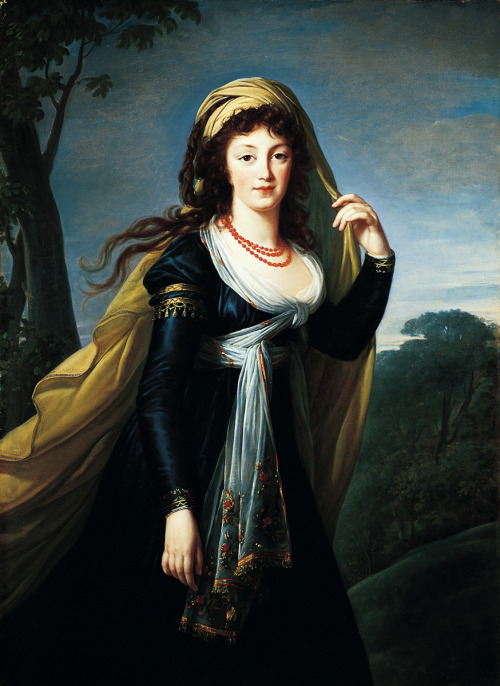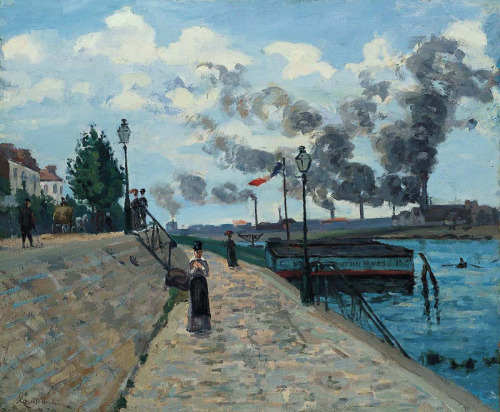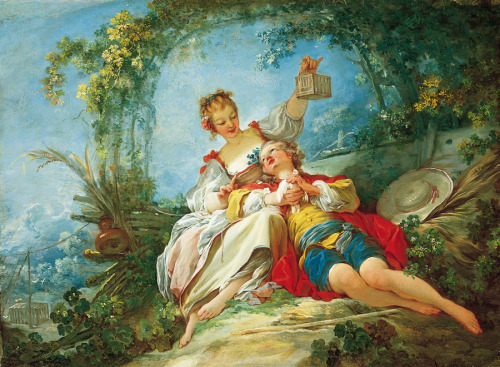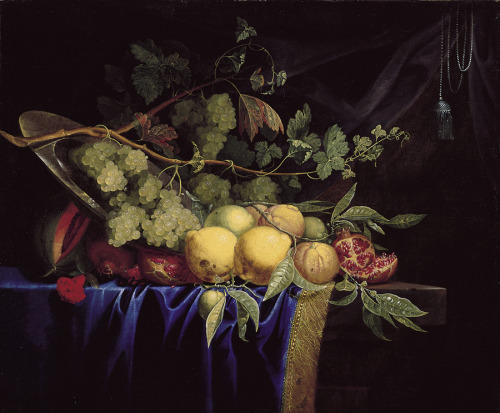thegetty:The Blue that Changed Art HistoryEarly Renaissance panels are full of jewel-like shades. In
thegetty:The Blue that Changed Art HistoryEarly Renaissance panels are full of jewel-like shades. In truth, these colors were hard-won. Time-tested, layer-by-layer techniques were required to ensure that a limited range of natural colors would maximize their visual impact. Creating a colorful oil painting was not yet the spontaneous act we envision the likes of Monet performing as he captured fleeting light and color effects. That spontaneity required two remarkable advancements—a scientific understanding of the laws of light and color, and a new palette of colors that could be used to exploit these laws. As luck would have it, both happened around the year 1704. —The Color that Changed the Course of Art@nortonsimon conservator John Griswold writes about Prussian blue and its impact on the occasion the museum’s exhibition A Revolution of the Palette: The First Synthetic Blues and Their Impact on French Artists.Portrait of Theresa, Countess Kinsky, 1793, Marie-Louise-Elisabeth Vigée-Lebrun. Norton Simon Art Foundation, M.1969.03.P. The Seine at Charenton, 1874, Jean-Baptiste Armand Guillaumin. Norton Simon Art Foundation, M.1968.16.2.P. Happy Lovers, 1760-65, Jean-Honoré Fragonard. The Norton Simon Foundation, F.1965.1.021.P. Still Life, 17th century, Paul Liegeois. Norton Simon Art Foundation, M.1979.49.PPhotos © Norton Simon Art Foundation -- source link
Tumblr Blog : thegetty.tumblr.com



